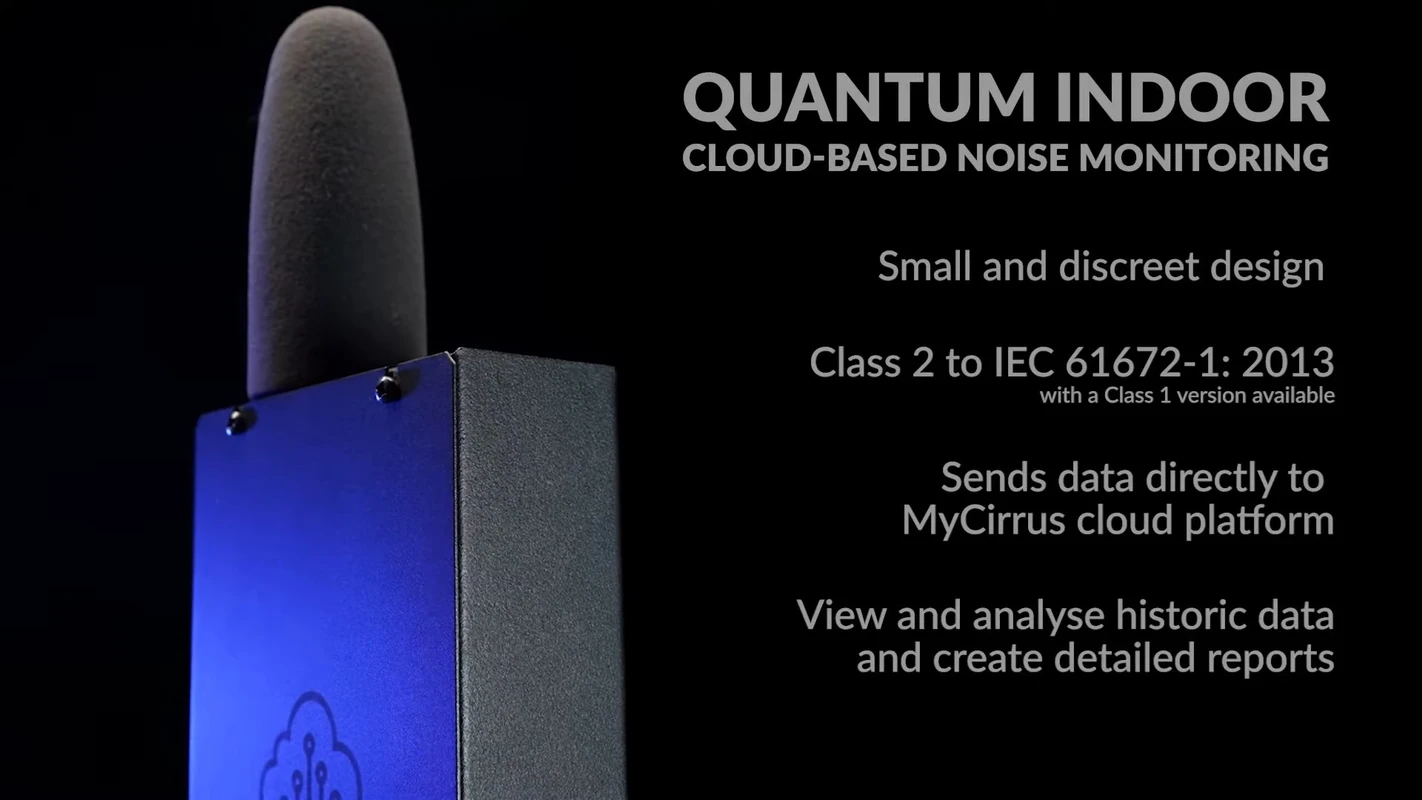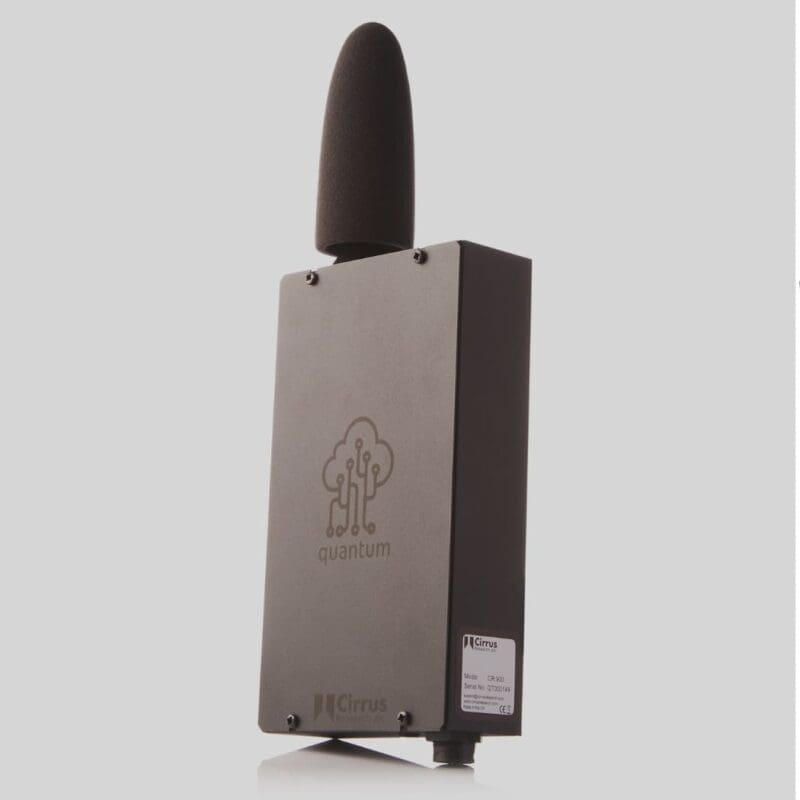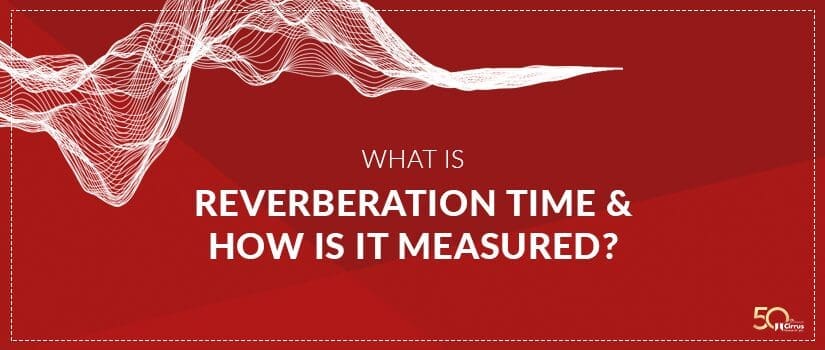For some applications, particularly room and building acoustics you may want to determine the Reverberation Time and the Noise Curves (NC) of the space. This is often an essential part of the design and installation of performance spaces, teaching rooms or other spaces where the reverberation time impacts upon those using it.
When measuring building acoustics, you should take into account several key parameters to assess and evaluate the sound performance within a building. Some of the essential parameters for measuring building acoustics include:
- Sound Transmission Class (STC): STC is a rating that measures how well a building partition (such as walls, floors, or windows) attenuates airborne sound. It indicates the ability of a partition to block sound transmission. A higher STC rating indicates better sound insulation.
- Impact Insulation Class (IIC): IIC measures the ability of a floor assembly to reduce impact sound transmission, such as footsteps, from one space to another below. It quantifies the effectiveness of the floor in absorbing and isolating impact-generated vibrations.
- Reverberation Time (RT): Reverberation time is the duration it takes for sound to decay by 60 decibels in a room after the sound source has stopped. It measures the overall “echo” or sound decay characteristics of a space. Different spaces require different reverberation times depending on their intended use.
- Noise Criteria (NC): Noise Criteria is a system that defines acceptable levels of background noise in a specific space. It takes into account factors like ambient noise, room size, and function to determine appropriate noise levels. It is commonly used in designing HVAC systems, offices, and other spaces.
- Speech Transmission Index (STI): STI measures the intelligibility of speech in a room. It evaluates how well speech can be understood in the presence of background noise and other acoustic factors. STI is often used for assessing the acoustic quality of spaces like classrooms, conference rooms, and auditoriums.
- Sound Absorption Coefficient (α): Sound absorption coefficient measures the amount of sound energy absorbed by a material. It indicates how well a material or surface reduces sound reflections. The coefficient ranges from 0 to 1, with higher values indicating higher absorption.
- Background Noise Level: The background noise level in a space is an important parameter to consider. It refers to the existing ambient noise within a room or building. Lower background noise levels are generally desirable for spaces like offices, libraries, and concert halls.
These parameters are commonly used to evaluate and design building acoustics, ensuring that appropriate acoustic conditions are achieved for various applications, such as minimizing sound transmission between spaces, optimizing speech intelligibility, and controlling reverberation.
As Cirrus Research, a leading provider of noise measurement instruments and solutions, we can assist you in measuring and assessing building acoustics. Our range of advanced noise measurement instruments can provide accurate and reliable data to evaluate and improve the acoustic performance of buildings. Here are some ways we can help:
- Sound Level Meters: Our sound level meters are ideal for measuring the overall sound levels in different areas of a building. They provide real-time measurements and can be used to assess compliance with noise regulations, identify sources of excessive noise, and monitor ambient noise levels.
- Acoustic Calibrators: Calibrators are essential for maintaining the accuracy of your noise measurement instruments. We offer a range of acoustic calibrators that ensure your equipment is properly calibrated, allowing you to obtain reliable and precise measurements.
- Reverberation Time Analysers: To determine the reverberation time of a room, our sound level meters with reverberation time can be used. These instruments capture and analyse the decay of sound in a space, helping you optimise the acoustic conditions for different environments like auditoriums, concert halls, and conference rooms.
- Noise Monitoring Systems: For long-term noise monitoring in and around buildings, our noise monitoring systems such as the Quantum Indoor, are ideal. These systems can be deployed to capture and record noise data over extended periods, providing valuable information for assessing noise levels, patterns, and potential sources via our cloud platform.
By utilising our range of noise measurement instruments and solutions, you can accurately measure, analyse, and optimise the acoustics of buildings, ensuring compliance with regulations, improving speech intelligibility, and creating more comfortable and functional spaces. Contact us to discuss your specific requirements and to explore how our instruments can meet your building acoustic measurement needs.
Building acoustics assessment often involves ensuring compliance with relevant regulations, standards, and guidelines related to noise control in buildings. This may include local building codes, international standards (e.g., ISO 3382 for room acoustics), and industry-specific requirements for spaces such as concert halls, classrooms, offices, and healthcare facilities.
One aspect of building acoustics assessment is determining the extent to which sound travels through various building elements, such as walls, floors, ceilings, doors, and windows. This includes assessing airborne sound transmission (e.g., speech, music) and impact sound transmission (e.g., footsteps, machinery vibrations). Measurements may be conducted using standardized methods such as ASTM E336 or ISO 10140.
Quantum Indoor
Watch the Quantum Indoor product video to find out more about how our Quantum Cloud platform can help you

Building Acoustics

Quantum Indoor is a remote noise monitor with built-in cloud connectivity, ideally suited for long-term occupational indoor monitoring.

Available as a Class 1 or Class 2 instrument, the Optimus+ Industrial integrating sound level meter is ideal for occupational noise exposure assessments in the workplace.
The Reverberation Time Calculation (RT) Module is an add-on for NoiseTools that allows the calculation of RT values in accordance with EN ISO 3382-2:2008.


